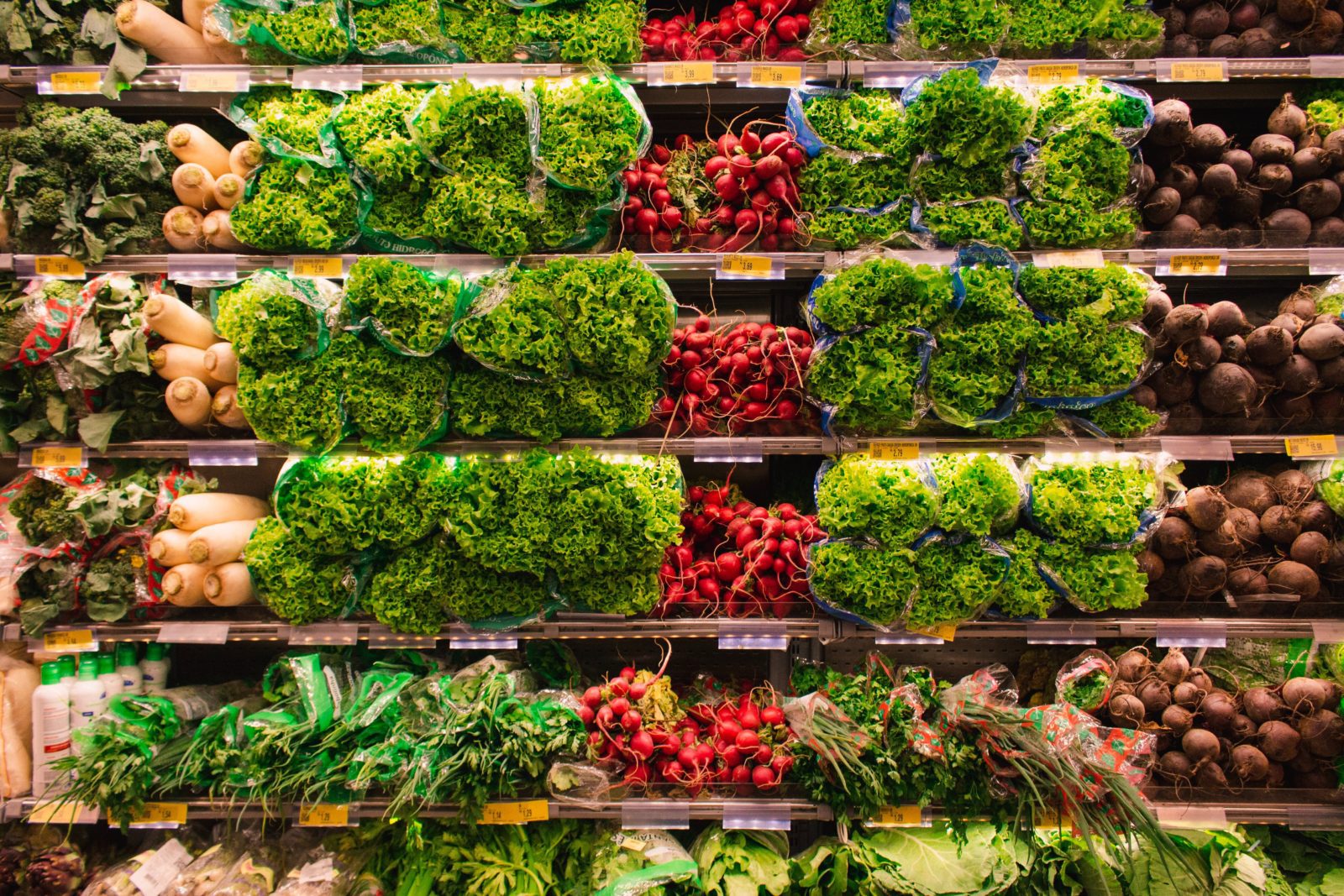The Czech Republic’s problem is the lack of competition and oligopolies controlling most of the food market. Even though the rate of price increase in the Czech Republic has recently been higher than elsewhere, the country still has some of the lowest prices in the European Union, according to agricultural analyst Petr Havel. A few large producers dominate the Czech food market.
The rise in food prices in the Czech Republic over the last two years has been one of the fastest in Europe. Despite price increases, Czech food prices remain among the cheapest in the European Union according to Eurostat, ranking fifth most affordable in the long term. However, the dynamic of food price growth in the country over the past two years has been significantly more pronounced than in other European countries for various reasons. Among these are the country’s higher energy prices, faster wage growth, and the effects of inflation, which have increased the prices of most components for food production.
The lack of market competition is undoubtedly one factor, but historically, it has been determined by betting on industrial agricultural and food production. The options for the antitrust office are limited, as practically no food company or retail network is in a monopoly position according to the law. The problem in the Czech Republic is the existence of oligopolies, the collective influence of several significant food producers or sellers controlling most of the market.
The state’s role in this situation primarily lies in creating conditions to increase competition in all food production and sales articles, i.e., agriculture, food production, and retail. The primary tool for this should be targeted reduction of bureaucracy, especially the one applied in the country beyond the framework of EU legislation.
As for the following year, it will significantly depend on how food production costs develop. The prices of vegetable edible oils and possibly basic types of bread may stagnate or even slightly decrease, as flour prices are currently falling. Also, meat could become cheaper due to lower feed mixture prices, but it is unclear. As previously mentioned, prices of vegetables and fruit are likely to increase at least in the first half of the year due to lower stocks from this year’s production, as there was adverse weather, mainly droughts, and fires, in significant producing countries.





